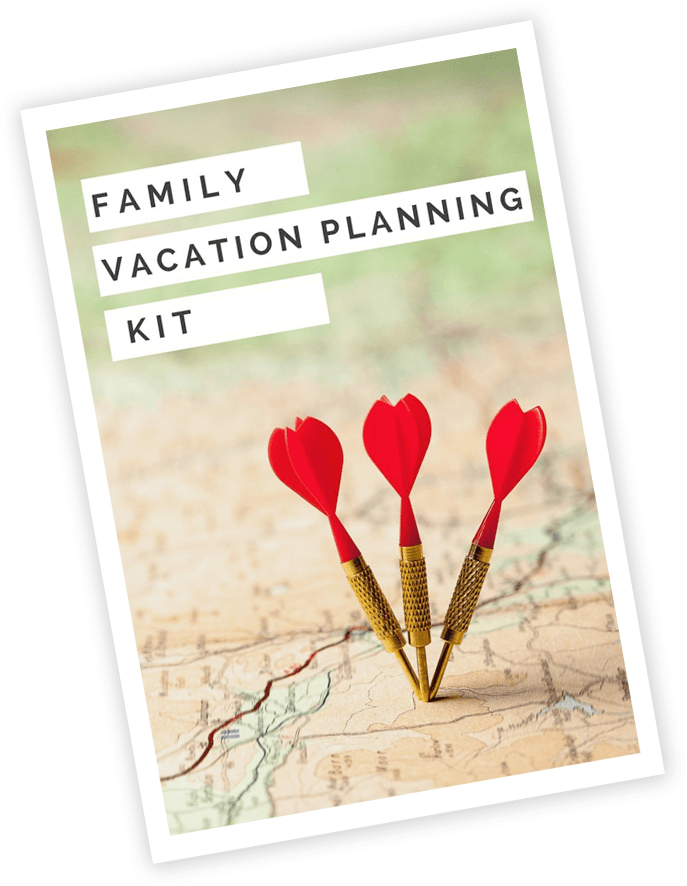Embarking on a family road trip is an adventure filled with anticipation, excitement, and the promise of unforgettable memories. Yet, to ensure a smooth and enjoyable journey, being prepared with the right essentials is crucial. From safety to comfort and entertainment, these 14 must-have items will equip your vehicle and family for the open road.
1. Correctly installed child seats & boosters
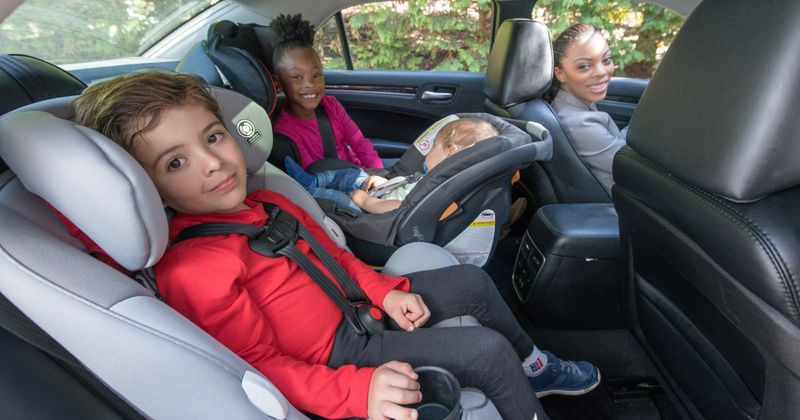
Children’s safety is paramount when traveling, and having the correct child seats properly installed is non-negotiable. Start by ensuring each child is seated in the appropriate seat for their age and size; rear-facing as long as possible, then harnessed forward-facing, and finally boosters until seat belts fit properly. It’s wise to have a professional inspection at a local station to verify the installation. The back seat remains the safest place for children under 12. Peace of mind comes when you know every precaution has been taken for your child’s safety.
2. Roadside emergency kit
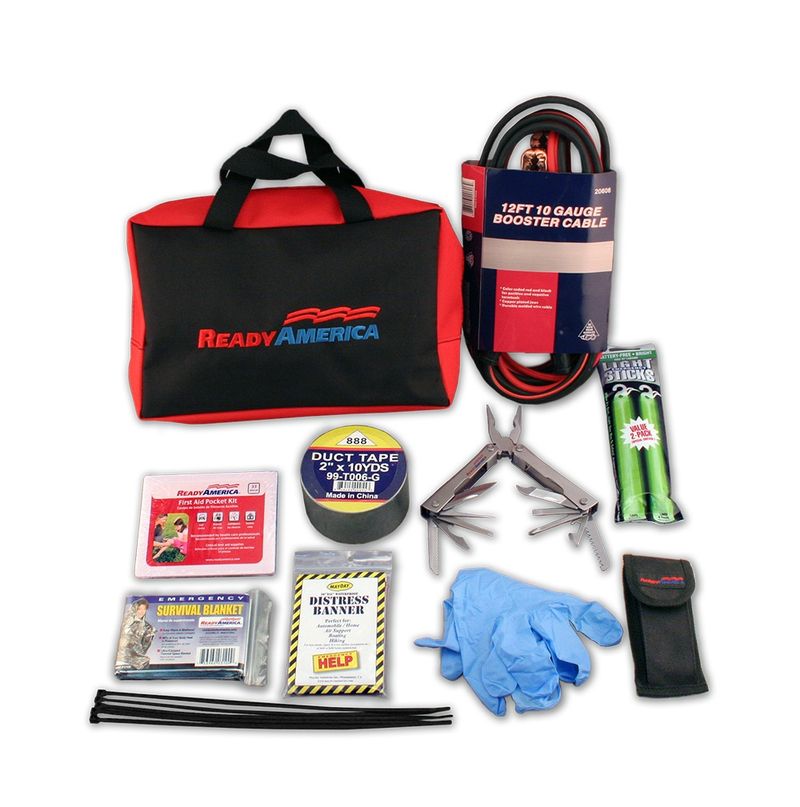
Imagine being stranded on an unfamiliar road without the proper equipment. A well-stocked roadside emergency kit can be a lifesaver. Essential items include reflective triangles or flares, a flashlight with spare batteries, jumper cables, and a multi-tool. Don’t forget duct tape, a hi-vis vest, a blanket, and a phone charger. Ready.gov emphasizes the importance of this kit for safety on the road. Whether you’re dealing with a flat tire or a sudden breakdown, being prepared can make all the difference in an emergency.
3. Spare tire & tire pressure gauge
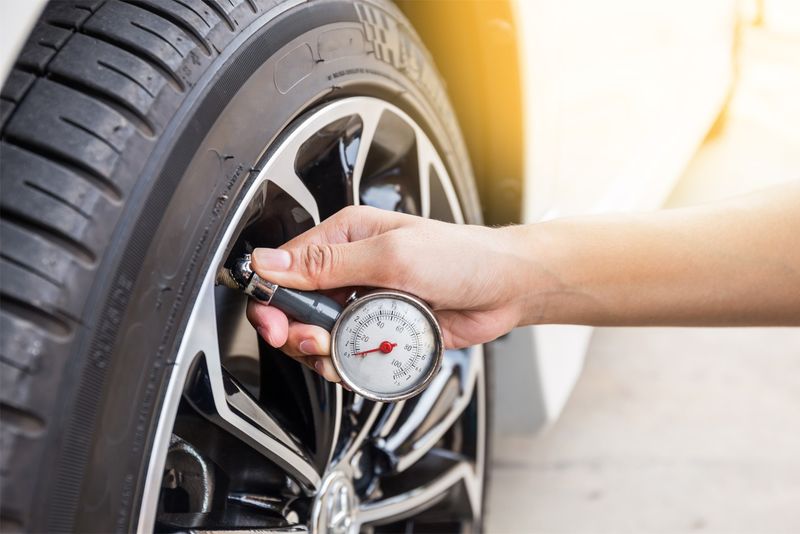
Tires are your car’s connection to the road, and maintaining them is crucial for a safe journey. Ensure your spare tire is in good condition and check tire pressures when they are cold. Use the pressure guidelines from the driver-doorjamb sticker, not the tire sidewall. A tire pressure gauge is an essential tool for this. Consumer Reports highlights the significance of these checks for optimal safety. Remember, a well-maintained tire can prevent unexpected issues and keep your family journeying smoothly.
4. First-aid kit tailored to your family
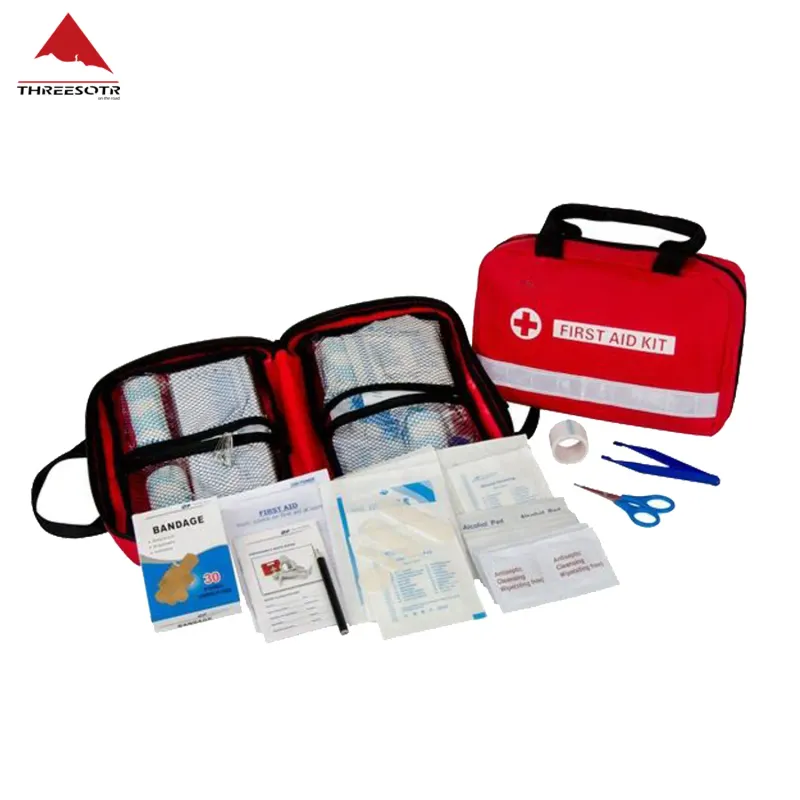
Health emergencies can be unexpected, so having a first-aid kit tailored to your family’s needs is vital. Start with a basic kit including bandages, antiseptic wipes, and gloves. Add specific items like children’s medications and any necessary prescriptions. The American Red Cross provides guidelines on recommended contents. Equip yourself with the tools to address minor health concerns quickly. The comfort of knowing you’re prepared for cuts, scrapes, or even a headache is invaluable.
5. Plenty of water
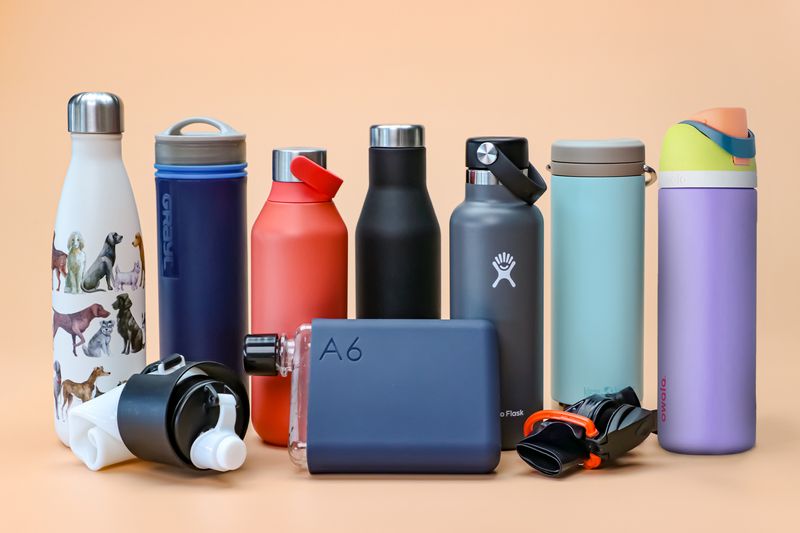
Water is the essence of life, especially on long road trips. Ready.gov suggests a gallon per person per day as a safety guideline. While you may not need that much for a short trip, it’s a good benchmark for long journeys through remote areas. Hydration is key for energy and comfort during travel. Having enough water also covers sanitation needs, ensuring everyone stays refreshed and healthy. When the sun is blazing and the road stretches endlessly, you’ll be thankful for every drop.
6. Snack strategy + cooler safety
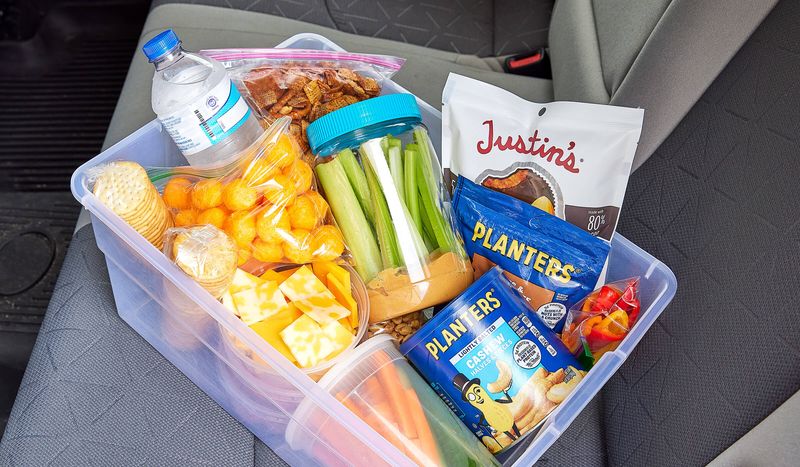
Snacks can save the day, especially when hunger strikes mid-journey. Plan with a mix of nonperishable items like nuts and dried fruit, alongside perishables kept in a cooler. The USDA advises keeping cold foods at or below 40°F to avoid spoilage. A well-curated snack strategy not only keeps hunger at bay but also ensures you’re prepared for any unexpected delays. A cooler packed wisely can be a treasure trove of energy-boosting treats that keep everyone satisfied and happy.
7. Download offline maps
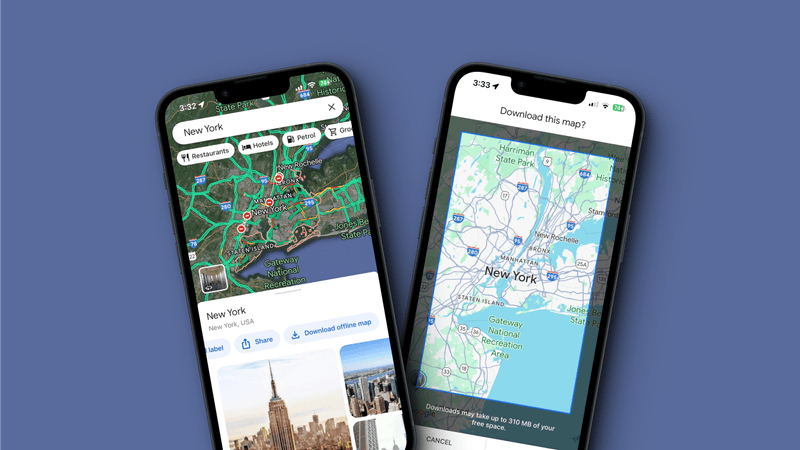
Technology is a road tripper’s friend, but dead zones can be tricky. Downloading offline maps ensures you have access to directions without relying on data. Google Maps allows you to pre-download regions, providing turn-by-turn guidance even in network deserts. This simple preparation step can save you from frustration when connectivity fails. Knowing where you are and where you’re going keeps the journey stress-free, especially in unfamiliar territories.
8. Hands-free phone setup
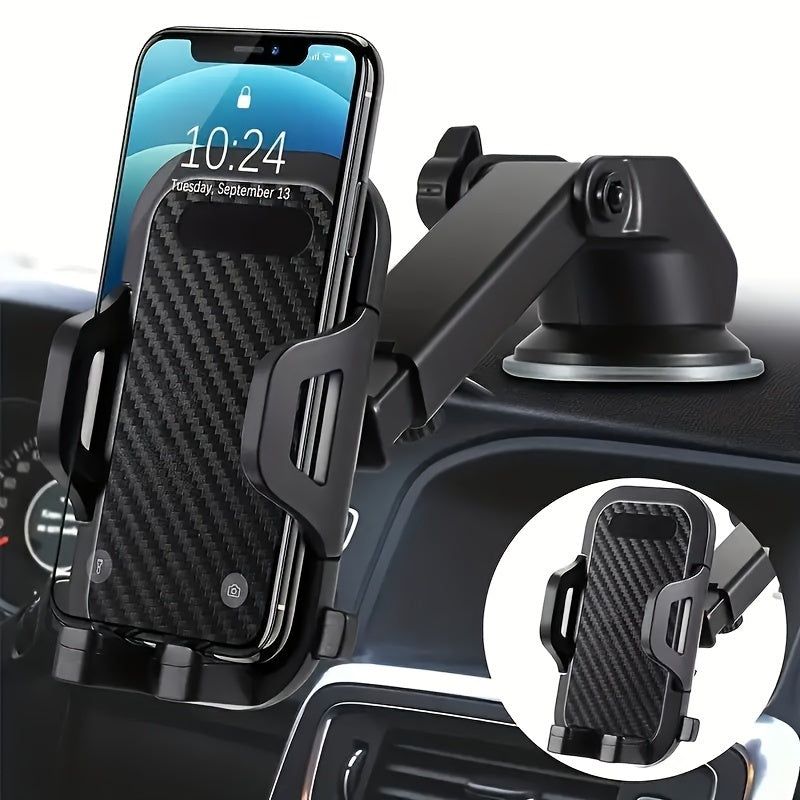
Safety on the road is paramount, and distractions from phones can be dangerous. A hands-free setup allows you to navigate without taking your eyes off the road. Mount your phone where it’s easily visible, and set your journey before departure. Limit interactions to avoid risks associated with texting while driving, a leading cause of accidents. The NHTSA advocates for minimizing distractions to maintain focus. Safe driving begins with smart phone handling.
9. Sun protection for everyone

Sunshine is delightful but can be deceivingly harmful. UVA rays can penetrate car windows, so protect yourself with broad-spectrum SPF 30+ sunscreen. Reapply regularly, and have sunglasses for everyone. Window shades for kids add an extra layer of protection. The Skin Cancer Foundation reminds us of the sun’s power even on cloudy days. A proactive approach to sun safety keeps the family comfortable and shields skin from long-term damage.
10. Comfort & cleanup kit
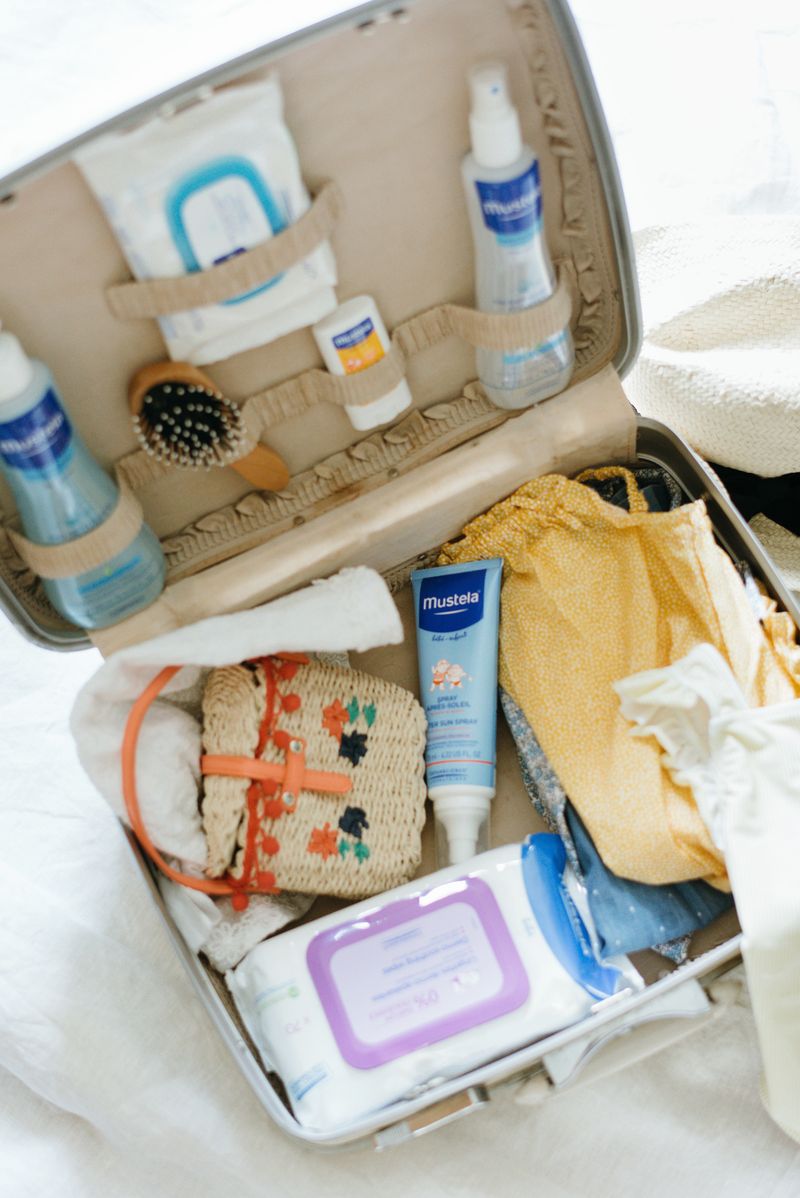
Travel with kids can be unpredictable, so preparation is key to maintaining comfort and cleanliness. A well-stocked kit with baby wipes, sanitizer, paper towels, and tissues is a lifesaver. Don’t forget small trash bags and a spare set of clothes for spills or accidents. This kit ensures you’re ready for anything, making the journey more pleasant for everyone. With each item, you’re adding convenience and readiness to your travel experience.
11. Entertainment without the meltdown
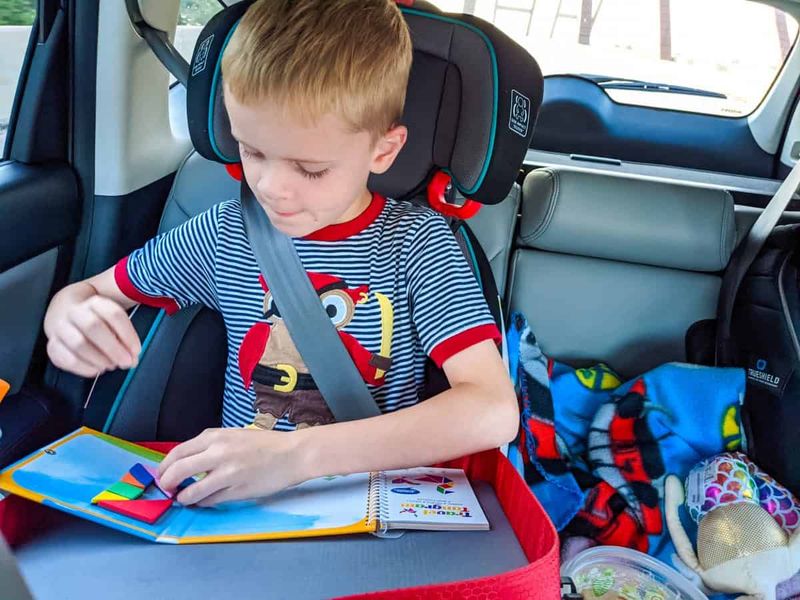
Long drives can test patience, but entertainment can make the miles fly by. Equip the car with audiobooks, podcasts, activity books, and crayons. Pre-download shows for a screen-time treat, with kid-safe headphones for peace and quiet. A surprise toy or game can be a delightful halfway reward. Keeping young minds engaged prevents boredom-induced meltdowns and ensures everyone enjoys the ride. Creativity in entertainment transforms travel into a joyous adventure.
12. Motion-sickness plan
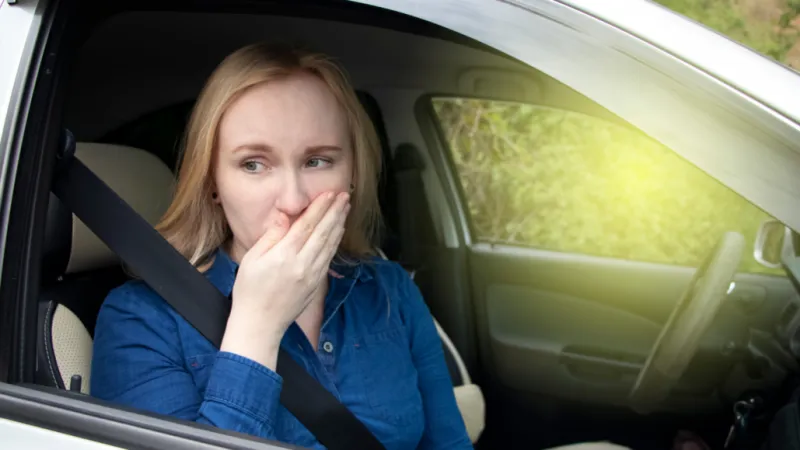
Motion sickness can turn a pleasant journey into a challenge. Position queasy travelers by windows to focus on the horizon, crack a window for fresh air, and encourage sipping water. Frequent breaks help, too. Consult your pediatrician about medications or wristbands if needed. The CDC offers practical tips to prevent discomfort. Tackling motion sickness ensures everyone can enjoy the journey without the unease of nausea.
13. Vital documents & roadside info
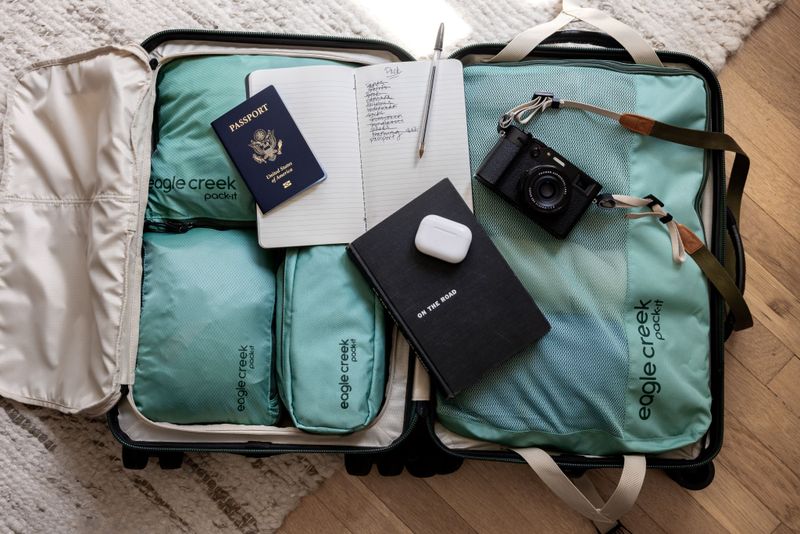
Keeping vital documents accessible is a small step that can save major headaches. Ensure you have your license, registration, insurance, and roadside assistance information within reach. Store them in your glove compartment or a designated folder for ease. Save important contact numbers in your phone. This organization ensures you’re prepared for any situation and can address unforeseen issues swiftly, allowing for a smoother journey.
14. Recall check before you go

A quick recall check can be a game-changer in safety. Enter your Vehicle Identification Number (VIN) on the NHTSA website to see if any safety recalls are pending for your vehicle or equipment. Repairs for recalls are free of charge, ensuring peace of mind as you travel. This precautionary measure is a small investment of time for the safety and security of your family. Knowing your car is in top condition adds confidence to your journey.



